
15 Nov 2013 by Donna Uning CM –
Sibu – “We see the same thing happening all over the world; God is changing His Church,” said Dr Robert Heidler during the morning meeting with the Apostolic Church here at the SIB Hosanna. He taught about Understanding God’s New Wineskins, a fresh vision of the Church.
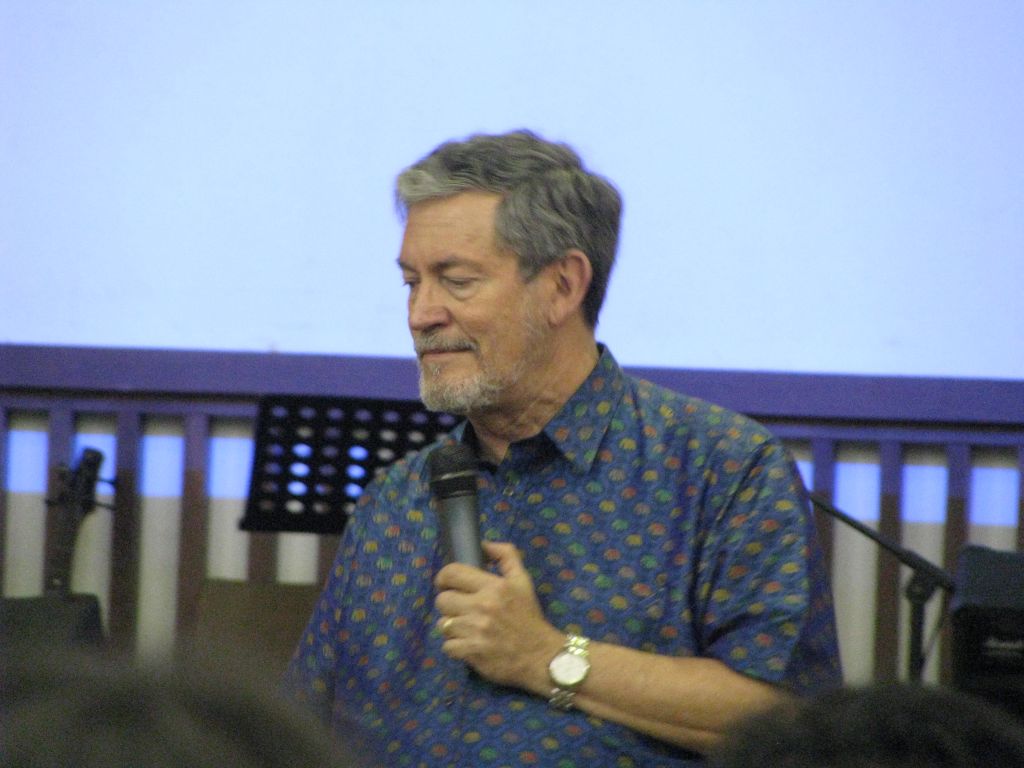
“We are praying for revival, often because what we’re doing now is not working,” he said. “What we do not realize is what we are doing now is never going to work.” We do what we have always done and have what we always have; going further from God, yet the Church doesn’t want to change.
“Good news! God is changing the Church!” he said, telling “We see it all over the world.” It will change the way we look at the Church and see the Church producing incredible results.
How is God changing the Church so it becomes a wineskin to hold the new wineskin of the Holy Spirit? “God says if we prepare the wineskin, He will pour the wine,” he said, telling we need to understand how the Church got to the way it is today. Our view of church is from how we grew up in. “We need to see how God intended the Church to be,” he said, explaining we need a fresh vision of the Church because the Church today is changing.
Dr Peter Wagner said the Church is now experiencing a bigger change than the Protestant Reformation. Chuck Pierce said the Church is in the midst of a leadership revolution, and Cindy Jacobs believed that the Church has entered the second reformation.
What is God up to? “God is restoring His Church! He is reforming His Church to be a wineskin to hold His new wine,” he said. “God wants a Church that can operate in a new level of power so territories can be transformed.”
“Most Christians do not like change very much,” he told. “Christians will say, ‘why does the Church need to be restored? What’s wrong with the way we’ve always done things? Why does the Church need to change?’” he said. “To answer that question,” he explained, “we need to gain a fresh perspective on where the Church has been.”
“The history of the Church is the story of life, death, and resurrection,” he said. The early Church was filled with life, from Pentecost to 325 AD. The history of the Church spanned from life until 500 AD, death from 500 to 1500, and resurrection from 1500 onwards where “God began to restore life to His Church.”
“The early Church was the most powerful institution the world had ever seen. Nothing in the world had the power to stand against it,” he said.
“Most of us never imagined Church like the early Church,” he said. Dr Heidler explained by giving historical and detailed re-enactment of the early Church. “They had an entirely different picture of ‘Church’,” he said where no one in the early Church had ever seen a church building, a steeple, a stained glass window, a pulpit or pew, a hymnal, a church bulletin and no ‘clergy’ to perform its ministry.
“It had apostles, prophets, pastors, teachers, and evangelists who equipped every believer to minister!” he said. The early Church met in many places. Following Jewish practice, their primary place of worship was the home.
Church was like a party. The music was playing, there were free and joyful celebration with a great deal of singing and dancing. The presence of the Lord filled the place as the people entered into worship. Later, food was brought out and this meal was described by Paul in 1 Corinthians, and by Jude and Peter. “It was called the ‘love feast’ or Agape,” he said, where people “share testimonies, recite and discuss Scripture, and sing praises to the Lord.”
After the meal ended, worship continued and there would be a subtle shift in the atmosphere. A tangible sense of God’s presence came and ministry began to take place. “It was a spirit-led time where each believer was expected to exercise their spiritual gifts!” This is described in 1 Corinthians 14:26-31.
1 Corinthians 14:26-31
26 What then shall we say, brothers and sisters? When you come together, each of you has a hymn, or a word of instruction, a revelation, a tongue or an interpretation. Everything must be done so that the church may be built up. 27 If anyone speaks in a tongue, two—or at the most three—should speak, one at a time, and someone must interpret. 28 If there is no interpreter, the speaker should keep quiet in the church and speak to himself and to God.
29 Two or three prophets should speak, and the others should weigh carefully what is said. 30 And if a revelation comes to someone who is sitting down, the first speaker should stop. 31 For you can all prophesy in turn so that everyone may be instructed and encouraged.
Ireneaus (AD 195) described that prophetic words, tongues, and miracles of healing were common. The meeting usually ran on into the night unnoticed. Finally, the meeting ended. That was the weekly reunion of the family of God.
“That’s what the Church was like!” he described. “On any given Saturday evening there would have been hundreds of such meetings all over the city of Rome. That’s how they ‘did church’ in Jerusalem, Antioch, Corinth and Ephesus.” That was the kind of church the Apostle Paul planted, and how the Church met for over 300 years.
The Church started with 120 members in Jerusalem. By the end of the first century, it had spread to the entire known world; England to India, Germany to Africa. “Wherever the Church went, it exploded!” he said. It is not unusual to see half the population of a city saved and in the Church; and that was in the midst of severe persecution.
Then, the early Church ceased to exist by the year 500 AD and it was the beginning of the dark ages. After 1000 years of bondage and death, God began the work of resurrection through a series of great moves of the Holy Spirit, and God began to restore what the Church had lost.
In the 16th Century, God restored the Church to the Doctrine of Salvation during the Protestant Reformation. The move of the Holy Spirit brought salvation and the Word in the 1500s; sanctification in the 1700s; and power and gifts in the 1900s. All through the 20th century, God restored the gifts of the Church, from restorations of tongues in the 1900s, evangelists in the 1940s, pastors in the 1960s, teachers in the 1970s, prophets on the 1980s and apostles in the 1990s.
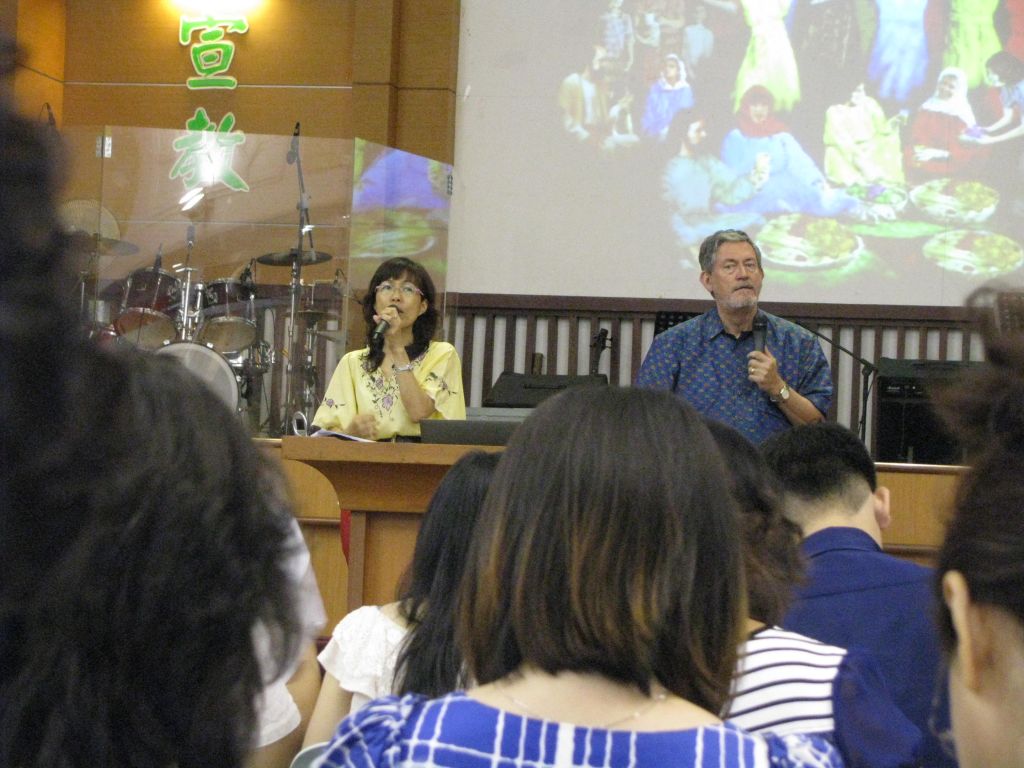
Peter Wagner said, “In 2001, the Church entered the second apostolic age.” “That’s why the Church is changing!” said Dr Heidler, adding “Much that the Church lost had been restored but the restoration is not yet complete.”
“None of us have ever seen a Church operate in true New Testament power! But we will!” he said. God is restoring His original plan and preparing the Church for a great outpouring of the Spirit. “To do that, He is re-forming His Church to become a new wineskin! God wants you to know, the time for resurrection has come!” he closed. Many churches throughout the country attended the special meeting preparing to rise up in resurrection power.
References for pictures
http://2.bp.blogspot.com/-aSNTXoN78r0/TvM-QJhqnMI/AAAAAAAAEwU/DgjfV0RD5XE/s1600/worship.jpg
http://ruralministry.files.wordpress.com/2011/05/megachurch.jpg
http://1.bp.blogspot.com/_NLydHsxn-mw/S8v6_H7rDqI/AAAAAAAABKE/FKqDsblTzWc/s400/PENTECOST.gif
http://www.rowane.de/assets/images/Image3.jpg
http://thegospelcoalition.org/blogs/justintaylor/files/2010/10/Luther-posting-95-theses-560×366.jpg


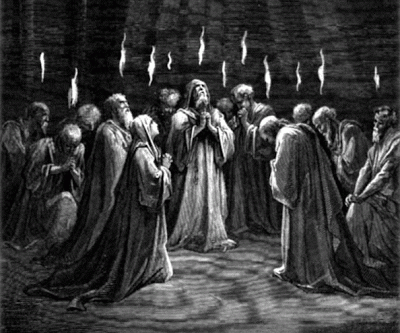

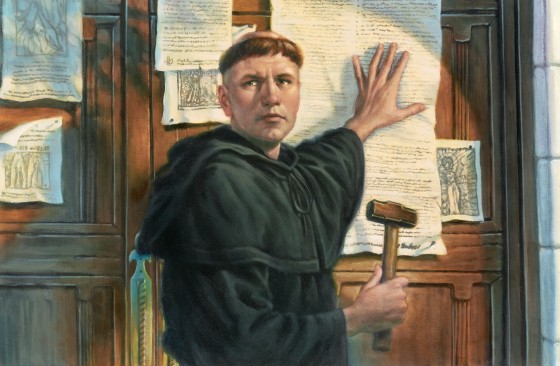


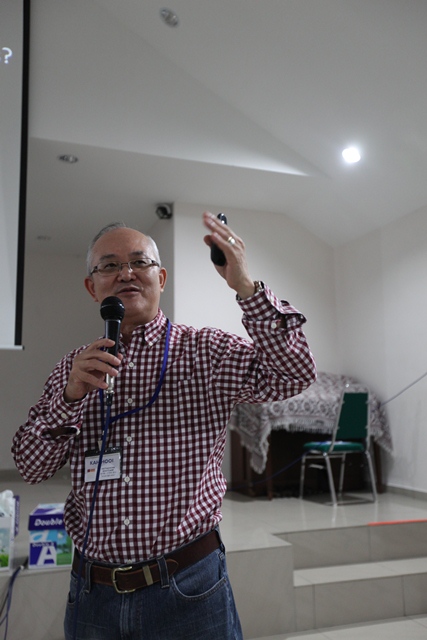

Leave a Reply